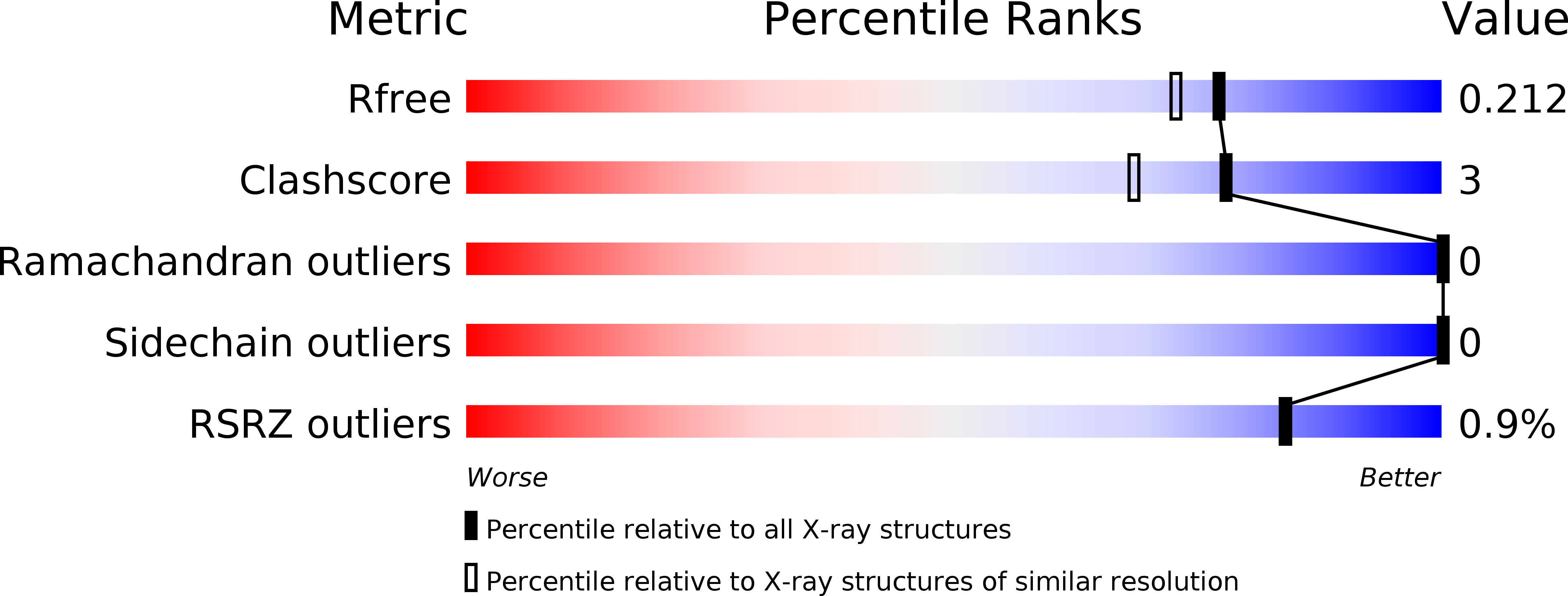
Deposition Date
2016-06-27
Release Date
2016-10-05
Last Version Date
2023-09-27
Entry Detail
PDB ID:
5KN3
Keywords:
Title:
Recombinant bovine skeletal calsequestrin, low-Ca2+ form
Biological Source:
Source Organism:
Bos taurus (Taxon ID: 9913)
Host Organism:
Method Details:
Experimental Method:
Resolution:
1.85 Å
R-Value Free:
0.21
R-Value Work:
0.18
R-Value Observed:
0.18
Space Group:
C 2 2 21


